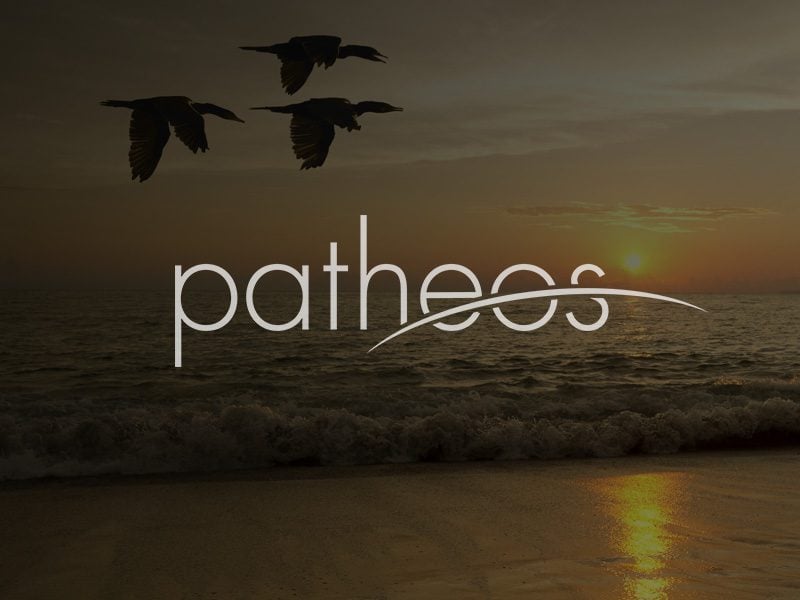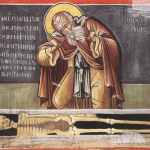There’s an absolutely fascinating story by Charles C. Mann in National Geographic about Göbekli Tepe (pronounced Guh-behk-LEE TEH-peh), a temple in Turkey built about 11,600 years ago–the very oldest religious structure known to us. In terms of sheer age it makes Stonehenge look modern.
Göbekli Tepe and other discoveries in recent decades are reshaping anthropologists’ understanding of the origins of civilization. The old view was that it was all due to agriculture, the result of climate changes after the ice age. The ability to farm brought people into closer contact, opened up new uses of time, and yielded shared stories and worship. Religion, in such a theory, arose as a kind of social glue. It fit what V. Gordon Childe, a Marxist British anthropologist who developed the idea of the Neolithic Revolution, thought of religion in general. It suited a certain late 19th and early 20th century zeitgeist about religion, as developed by figures like James Frazer in his magisterial (though thoroughly biased) Golden Bough: all religions are based in fertility cults, Christianity included. Joseph Campbell is the newer version of Frazer, but shares the same basic idea that all religions emerged from stories tied to the agricultural seasons. (And he is popular among the spiritual but not religious types because he acknowledges something deep in human experience that might be called religious, but allows an escape from hard theological thinking that postmoderns have been taught is superfluous.)
Now, though, there is a different theory.
What it suggests, at least to the archaeologists working there [at Göbekli Tepe], is that the human sense of the sacred—and the human love of a good spectacle—may have given rise to civilization itself.
Mann, the author of the NatGeo piece, suggests the following, citing Klaus Schmidt, the lead researcher at Göbekli Tepe:
The construction of a massive temple by a group of foragers is evidence that organized religion could have come before the rise of agriculture and other aspects of civilization. It suggests that the human impulse to gather for sacred rituals arose as humans shifted from seeing themselves as part of the natural world to seeking mastery over it. When foragers began settling down in villages, they unavoidably created a divide between the human realm—a fixed huddle of homes with hundreds of inhabitants—and the dangerous land beyond the campfire, populated by lethal beasts.
This theory strikes me as much stronger than the Childe-Frazer-Campbell theory, which was in thrall to a Marxist/modernist distaste for religion. Awe and wonder are present in every child who gazes at the night sky. There is a natural hunger for transcendence, evidenced by our simple ability to ask questions. In this sense the scientist, the philosopher, the artist, the priest share a basic dynamism that we awkwardly call “spiritual.” The shared desire to reach out toward the transcendent (is it any wonder that it would be pillars reaching toward the sky?) gave human beings a shared goal, and shared goals give rise to shared practices around food, clothing, shelter, and eventually rules and governance.
A provocative takeaway: when religion loses its roots in shared desire and wonder, when it fails to capture people’s imagination, it begins to collapse. People eventually lost interest in Göbekli Tepe around 8200 BC, perhaps because it became too big a project to maintain. Maintenance of the institution crushed the dynamics of desire which gave rise to it. Friedrich von Hugel suggested a similar idea: there must be a balance of the institutional with the mystical and communal aspects of religion. Perhaps ours is the age of recovering the mystical element even as the institutional element is crumbling.
Tim Muldoon is a Catholic theologian and author of five books, and teaches at Boston College.












